Whether you’re a singles or doubles player, the return of serve is one of the most important shots in tennis.
Below, we’re going to cover some basic technique tips for the return of serve, where to aim your returns from the deuce and ad courts, including my 9 favorite strategies for doubles, and common mistakes to avoid.
By the end of this lesson, you’ll feel more confident about improving your return of serve, and understand how to win more return games in doubles.
My 9 Favorite Return of Serve Strategies
These 9 return of serve strategies for doubles will help you break serve more often. Watch the video below to learn how to strategically outsmart and frustrate your opponents so they struggle to hold serve.
Footwork on the Return of Serve
Footwork is the single most important part of the return. If you get this wrong, then you will never be able to make returns consistently.
Almost every time I miss a return, it’s because I don’t move my feet. I stay flat-footed like I have bricks for feet. This happens especially during tight matches so you must focus on your feet.
Where Should I Stand?
Against most servers, I like to start a few feet behind the baseline. As they get into their service motion and toss the ball up, start taking some steps forward to get some forward momentum.
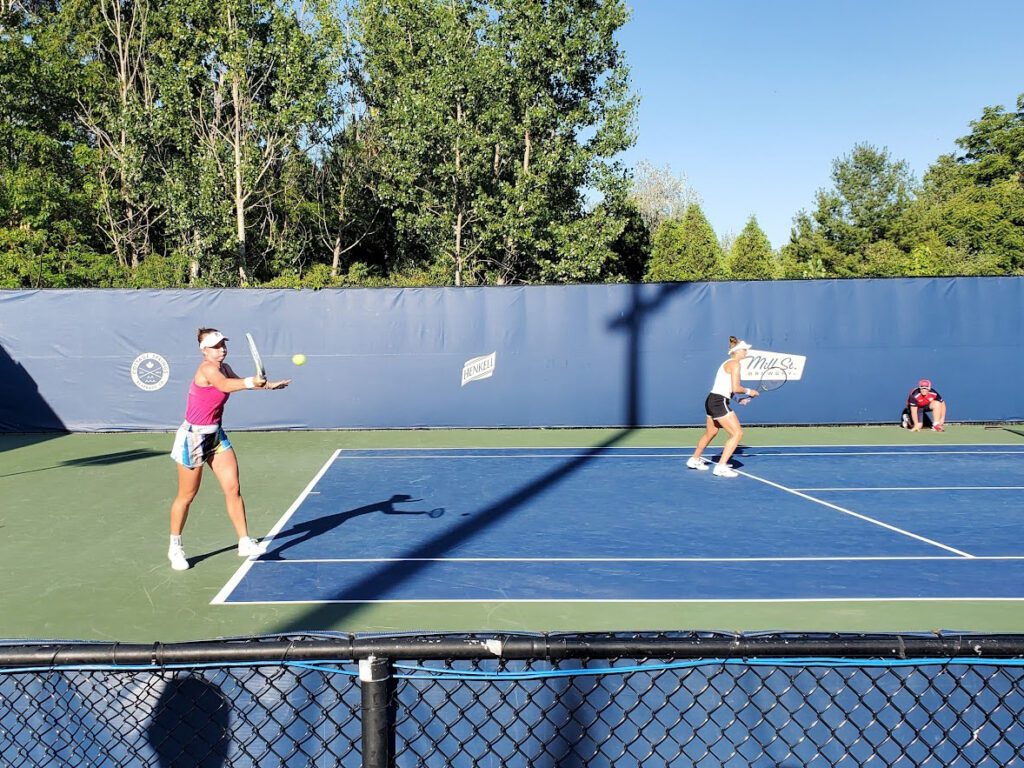
Some people like to stand inside the baseline, this is a great way to take time away from the opponent. It is especially effective in doubles, because it doesn’t let the net player poach as easily.
A lot of singles players, especially today, stand way behind the baseline to buy themselves time. You’ve probably seen Nadal do this. However, in doubles, it’s probably not a great idea since it gives the opposing net player so much time to read your return.
The Split Step
Next, I’ll make my split step to read the serve. As I land, I know if I want to move left for a backhand, or to my right for a forehand.
This will also make sure your feet are moving when you hit.
Once the serve is coming you’ll want to take a few small, quick shuffle steps to position yourself for the shot, then split step.
Make sure you’re body’s momentum is still moving forward and leaning in the direction you want the ball to go. Without this, it will make your actual shot motion longer and more difficult.
Return Technique: The Backswing, Contact, & Follow Through
On the forehand or backhand side, there are two keys to the backswing.
- Get the racket back early.
- Keep the backswing short.
Andre Agassi had one of the best returns ever.
See how short his backswing is in slow motion here.
A long backswing leaves more room for error and makes it difficult to catch up to a faster serve.
Since your momentum is moving forward already, you won’t need a big swing to get power behind it. Just lean into the shot and use the server’s power to generate pace.
It should feel like you’re almost punching the return back since it’s not a full swing.
Body Position
The trajectory of the serve is also an important variable to consider.
If the person has a kick serve that comes up high, you’ll want to stay a little more upright and swing high through the ball.
If the serve is weaker or lower, like a slice, then you’ll need to get low and almost lunge on the return.
Make Contact in Front
On contact, make sure you’re hitting the ball in slightly in front. The best way to figure out if you’re doing this correctly is to have someone film your returns.
A Short Backswing Means a Short Follow Through
You don’t need to finish with your racquet over your shoulder like many tennis coaches teach.
When you follow through, keep it short. Follow through towards your target as long as you can, then begin to recover for the next shot.
Focus on keeping your momentum in the direction you want the ball to go. I like to hit it at the middle net strap since it’s the lowest part of the net and it keeps the shot crosscourt.
If you make good contact, you can use that momentum to get into the net for your next shot.
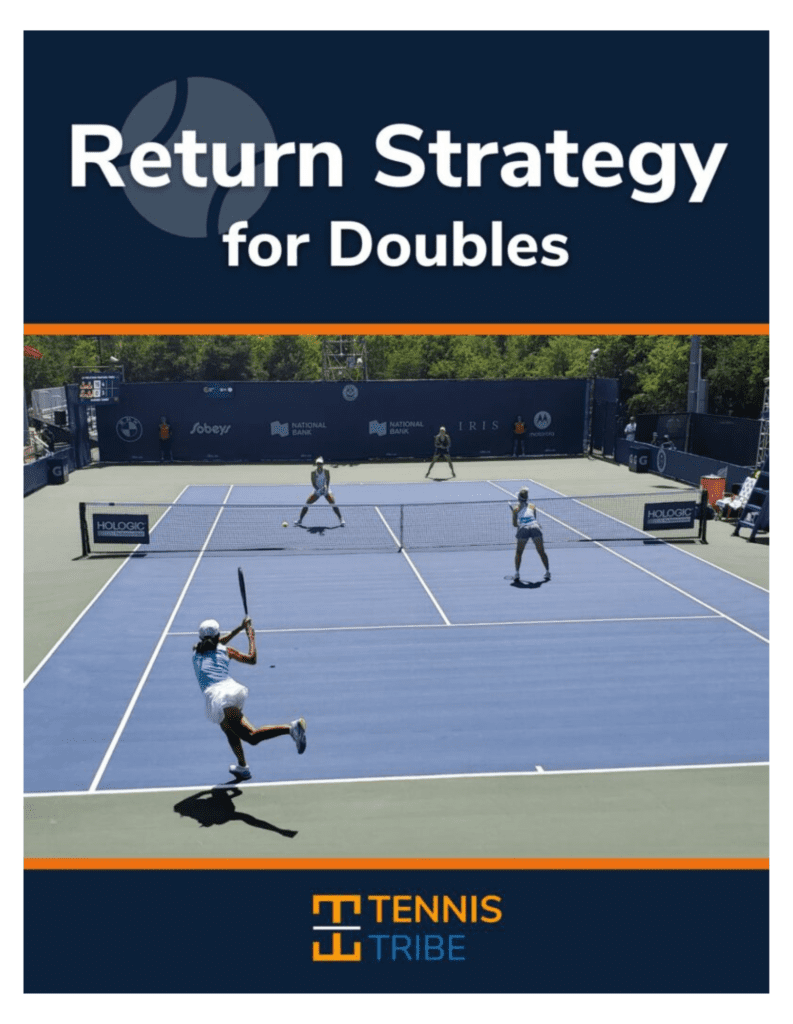
This 71-page Ebook will skyrocket your return game
Proven Return Strategies Against Any Type of Server
EVERYTHING I know about return strategy. I teach this information to 3.0 club players and ATP/WTA top 10 doubles teams.
Common Mistakes While Returning Serve
Here are the most common mistakes I notice when watching club level players on the tennis court.
Missing in the Net
Missing returns in the net is the worst! You’re giving away free points. Even in doubles, you should at least try to make the opposing net player hit a volley.
If you’re missing in the net a lot, then you’re probably dropping your front shoulder. This is especially common on the backhand side.
This happens often when the serve is low and you’re being lazy. So instead of getting down for the serve you just dip your shoulder and try to guide it up with your hands, and of course, miss.
Just focus on getting your front shoulder up, and your hips down. You’ll start hitting them back over the net.
Hitting too High, or Missing Long (in Doubles)
If you’re returns are too high over the net, the opposing team will have an easy time poaching.
There could be a number of reasons for this.
- You could have the wrong grip.
- Making contact late.
- Being off-balance.
Just remember to make adjustments. If you notice yourself missing high or long every time, change something. Force yourself to miss a few in the net, then find that middle ground.
Regardless of what else happens on your return games, if you’re making a lot of returns, then you’re making them play. At most levels of club tennis, that will keep you in 90% of matches.
MOST POPULAR COURSE!
25 Winning Doubles Tactics
Guaranteed to help you play smarter & win more matches.
- Over 50 video doubles lessons
- 60+ ATP & WTA points analyzed
- Nearly 3 hours of strategy content
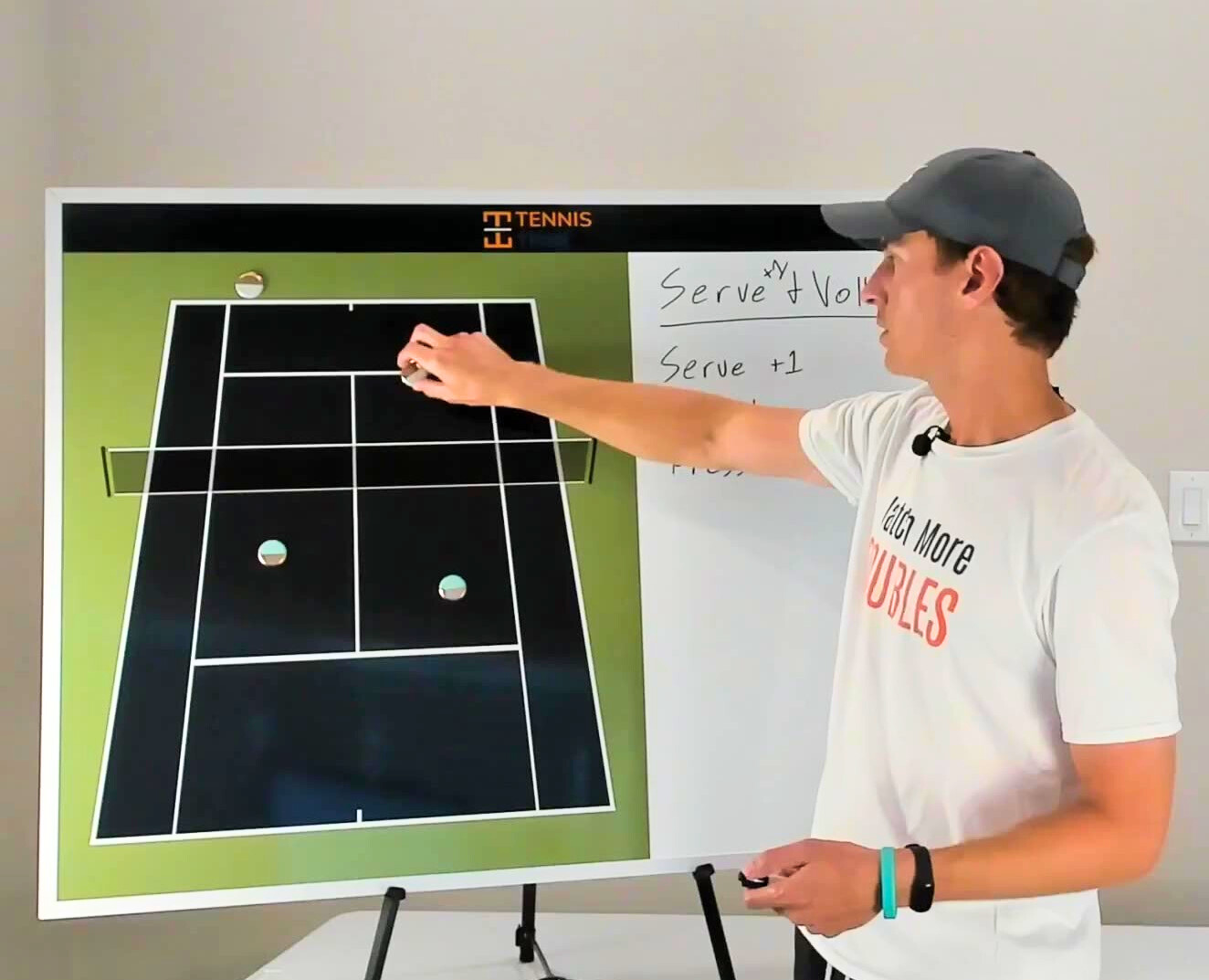
Will Boucek – ATP & WTA Doubles Strategy Analyst.
How to Return from the Deuce Court in Doubles
If you return on the deuce side in doubles, you might actually have a tougher job than returning from the backhand side. Hopefully, if you’re right-handed, your forehand is stronger so you’ll be able to create some pace on your returns.
Let’s take a look at why returning from this side can be harder. This is assuming you’re playing 2 right-handed players.
- The net player on the other side has a forehand volley if they poach.
The opponent is in a good position to poach on this side. Getting it to their backhand volley which is usually the preferred option, requires a low percentage down-the-line shot. - The server is also on their forehand side.
If the net player doesn’t poach, the server is likely to get a forehand groundstroke or volley depending on if they come in. So most of the time, you’re returning it to the other teams’ forehands.
There are some obvious advantages you have on the deuce side though.
- Your net player has a forehand volley too.
This means if you hit a good return, they can poach and end the point on a forehand volley. They should look for a low volley or an uncomfortable groundstroke by the other team. - You get to hit a forehand return, probably.
Hopefully, this is your stronger shot, otherwise, move over to the ad court. Since you do have a forehand, it may be a good idea to move into the net after the return if you prefer the net. If not, it should be easy to hit strong crosscourt forehands until you or your partner has a chance to end the point.
So how can we take advantage of returning on the deuce side?
First, I’ll tell you what not to do…
EVERYTHING you need to break serve!
Download My Free Return Strategy Cheatsheet >>>
Returning Down The Line
It will be tempting to go up the line at the person’s backhand volley a lot. I only recommend it if the opponent has a very weak 2nd serve, to your forehand.
If you do hit down the line, you don’t need to hit a winner. Since you’re hitting to the opponent’s backhand volley, you can play a slightly higher percentage topspin return. Typically, the best the opponent will do is pop the ball up and set you up for an easy next shot.
The reason we don’t want to go up the line a ton is that it’s a low percentage shot. If the 2nd serve is weak, why not go with a high percentage shot crosscourt that you can use to get the server on their heels and let the net player finish the point?
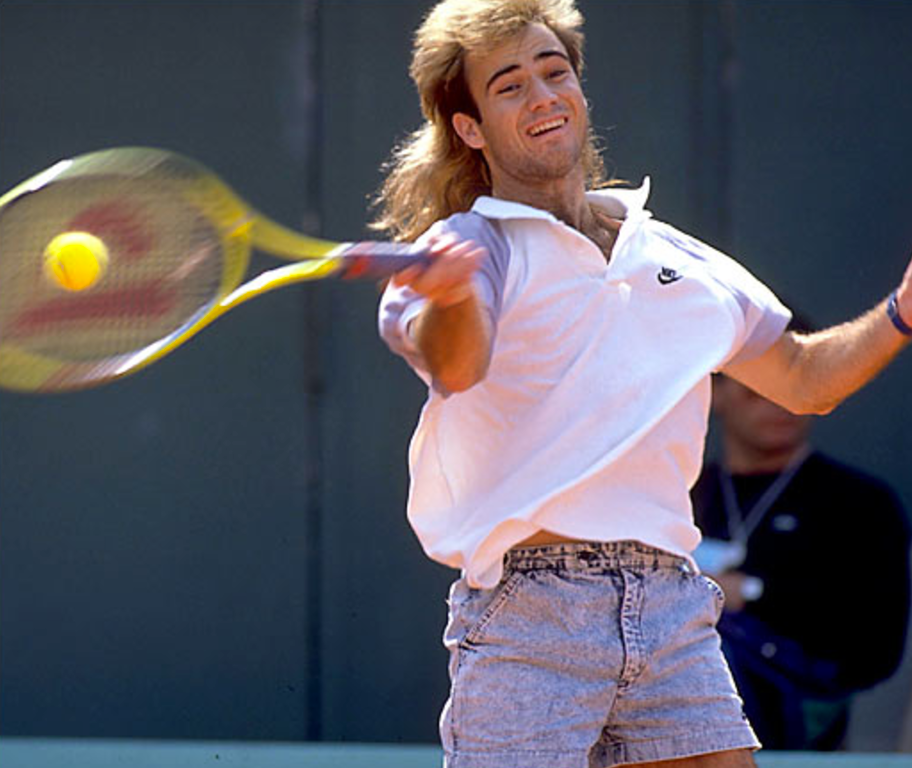
How to Return from the Ad Court in Doubles
Returning from the ad court is an easier task than the deuce court. This is assuming you’re playing 2 right handed players.
- The net player has a backhand volley if they poach. This is almost always the weaker volley.
- It’s easier to get it back to the server’s backhand as well, allowing you to come into the net, or time to get around the next ball.
The disadvantages are:
- Your net player also has a backhand volley if they poach after the return.
- Of course, you’re hitting a backhand return too, which many players can struggle with.
Here are some of the best strategies for returning on the ad side.
Keep The Ball Crosscourt
Again, going down the line is a low percentage shot, and it’s to the net player’s forehand volley.
Typically the net player won’t poach from this side, so a solid crosscourt backhand deep in the court will put you in a great position to come into the net, or have your net player move on the next ball.
If the other team serves and volleys, or the net player is poaching a lot, we want to try to keep the return low, and at the middle net strap. This will make for a tough backhand volley for the poacher, and take away their angles.
If the server comes in it will make for a difficult half-volley at their feet that they won’t be able to do much with other than get it back.
Again, if the net player is poaching a lot, you’ll be tempted to go down the line. Don’t take the bait! A good low return will still be a tough backhand volley for them and you’ll find that you win a lot of points that way.
The Key to Returning in Tennis
The key to breaking serve in tennis is to make a lot of returns.
You do NOT need to hit winners. A lot of times, you don’t even need to hit a good return, you just need to make them consistently.
Eventually, the opponent will make mistakes on their next shots and you will break.
Decide where you’re going before the serve. Changing your mind based on how the net player moves is exactly what they want, and it will cause you to miss a lot of returns.
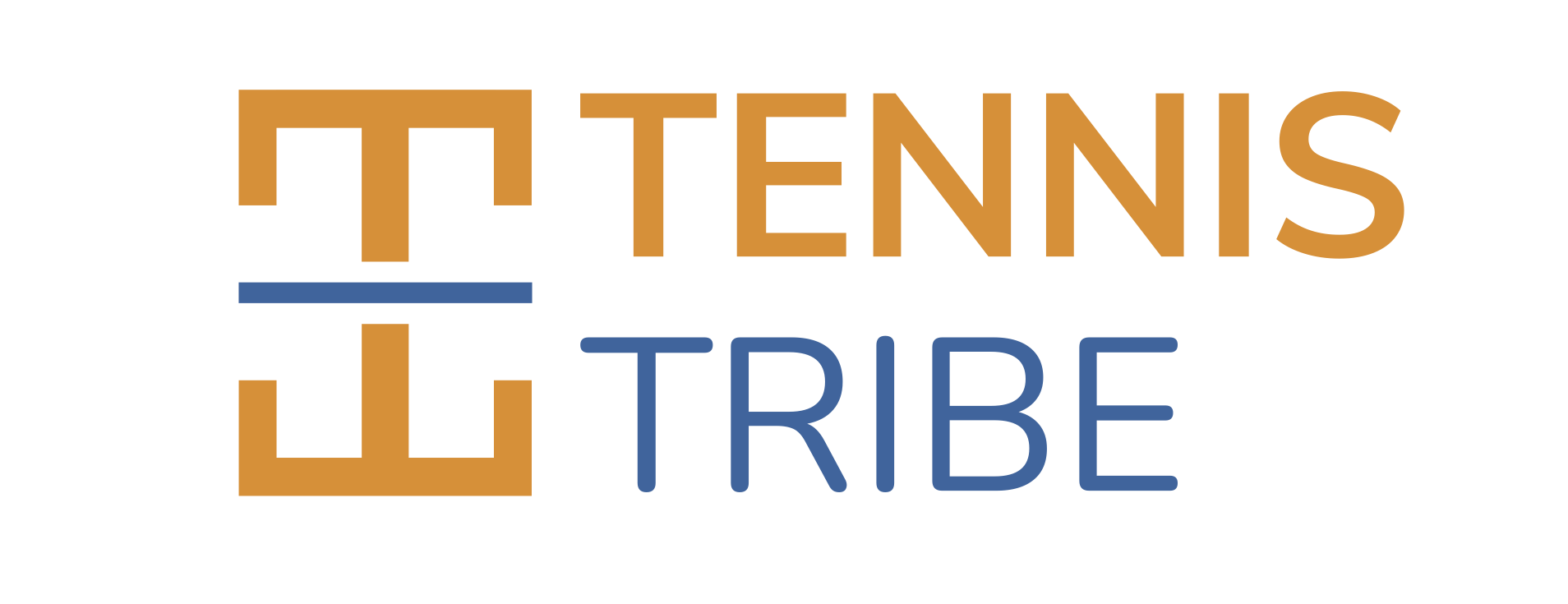
I am a lefty and always return at the deuce side. My backhand is much stronger than my forehand and I can do much more with it.
When I notice the server is a baseline player I actually lure the server to the net with a short soft cross court slice. Most of the time this creates chaos. The baseline player is not used to the short cross court slice, is out of position and will hit the ball up. This makes it easy for my net player finish the ball off. Meanwhile I will have come to the net too. So if the server manages to cross the ball over the net I am there to hit the ball either at his partner or through the middle behind the server.
Great strategy John!
The key here is to keep the return low over the net and get it wide enough crosscourt so that the opposing net player cannot poach on it. When returning from the deuce side you really have to be aware of the net player since it’s usually their forehand volley, and easier to poach.
If you have a good slice return, then this works. I personally don’t have a very good slice return so I come over the ball, still trying to keep it low and at the server’s feet so they pop it up.
Thanks for the comments 🙂
The return tips are Great! I have been struggling to get consistency on my returns and your tips gives me techniques to use to improve and get more consistency.
Thank you.
Thanks Darren!
Can you suggest a return best for weak (very weak pat-a-cake second serves).
Hi Paul,
Against weaker serves, returning can actually be tricky. If the ball sits up high and you are consistent with your groundstrokes, I’d treat it like an approach shot. However, if it drops down low, then you have to lift the ball so it becomes more difficult. In both cases, you really want to focus on not missing and placing it in the right spot. A deep return can be good if the server stays back after the serve. Just don’t give them a free point 🙂
Hope this helps